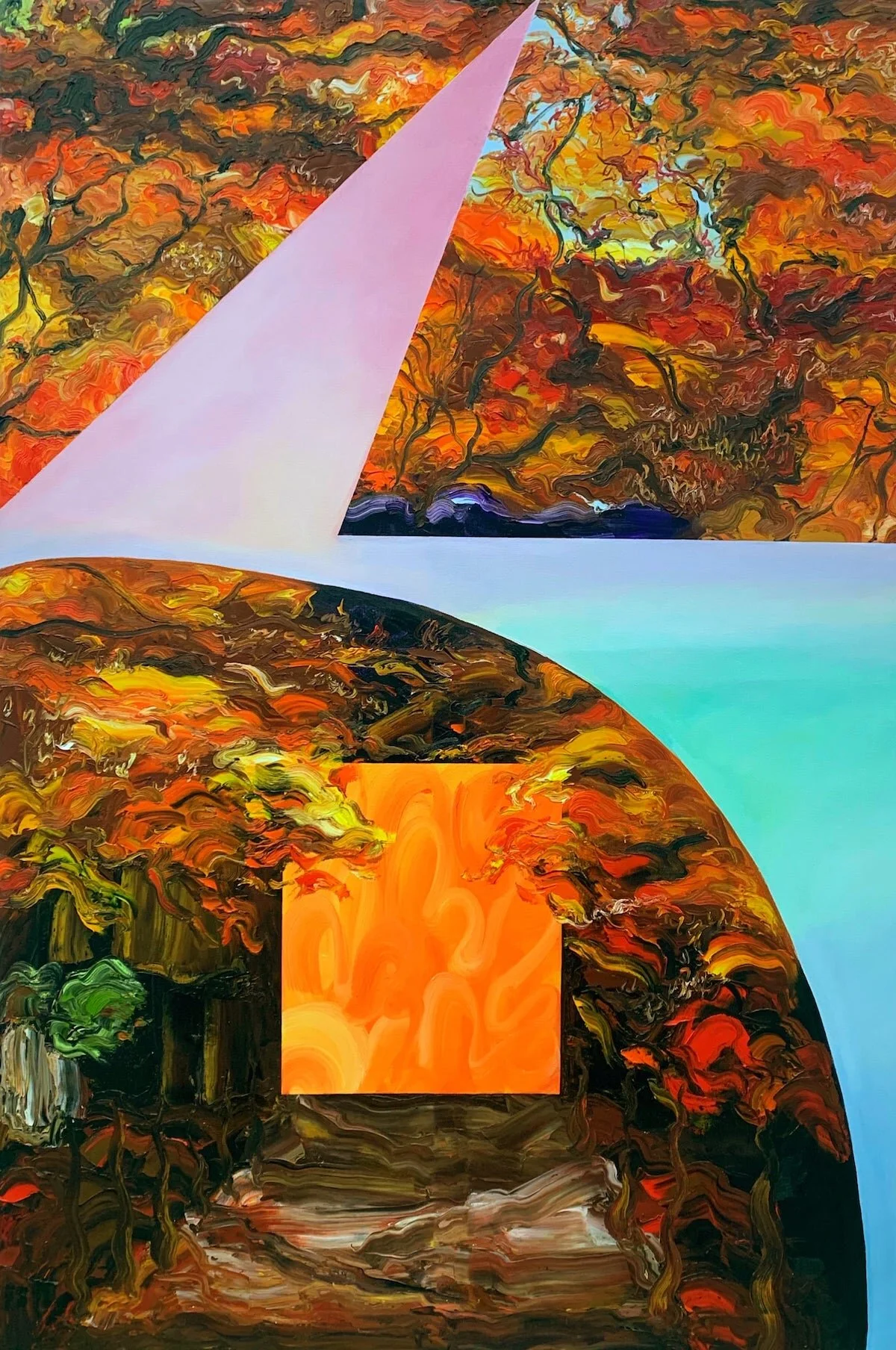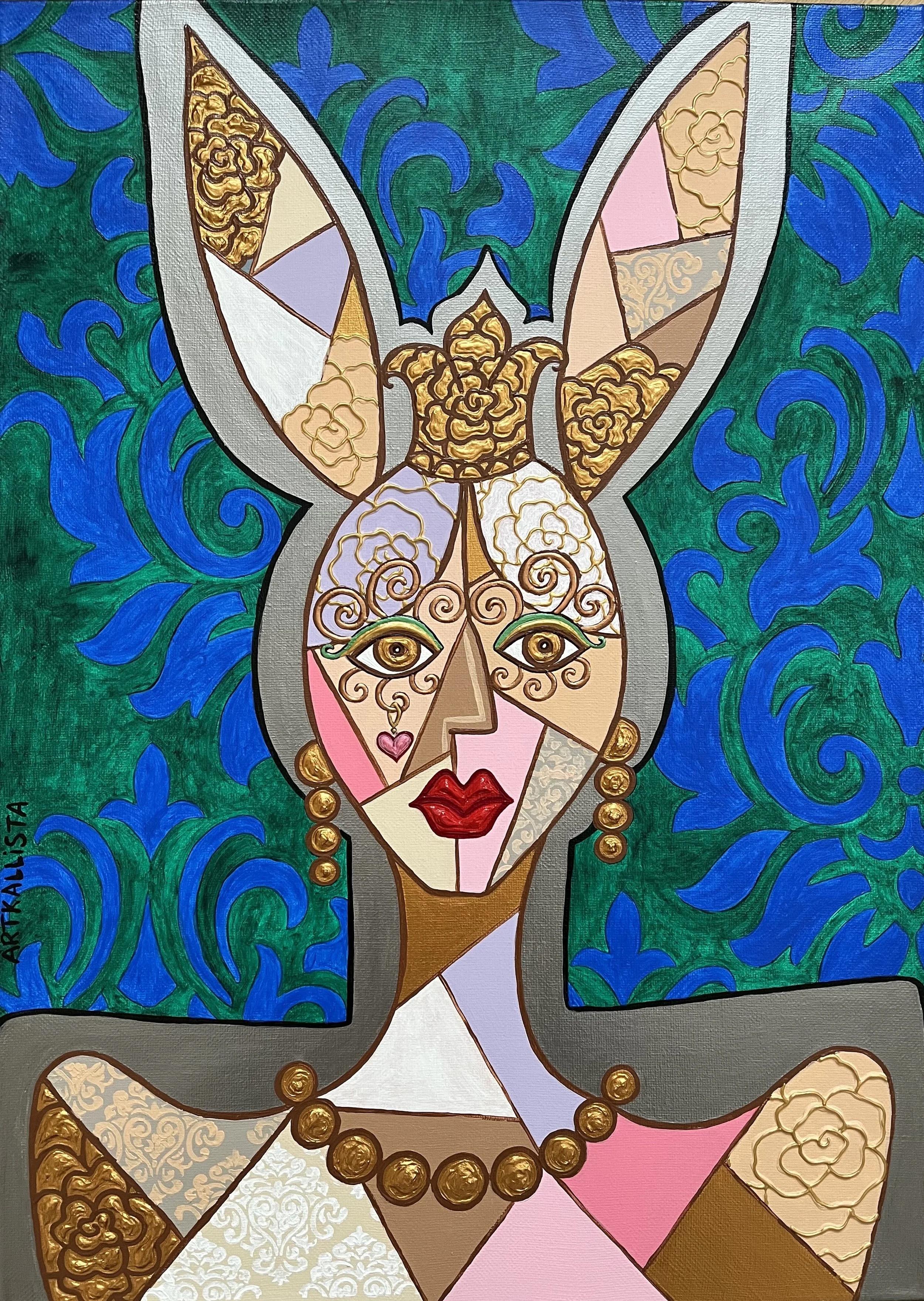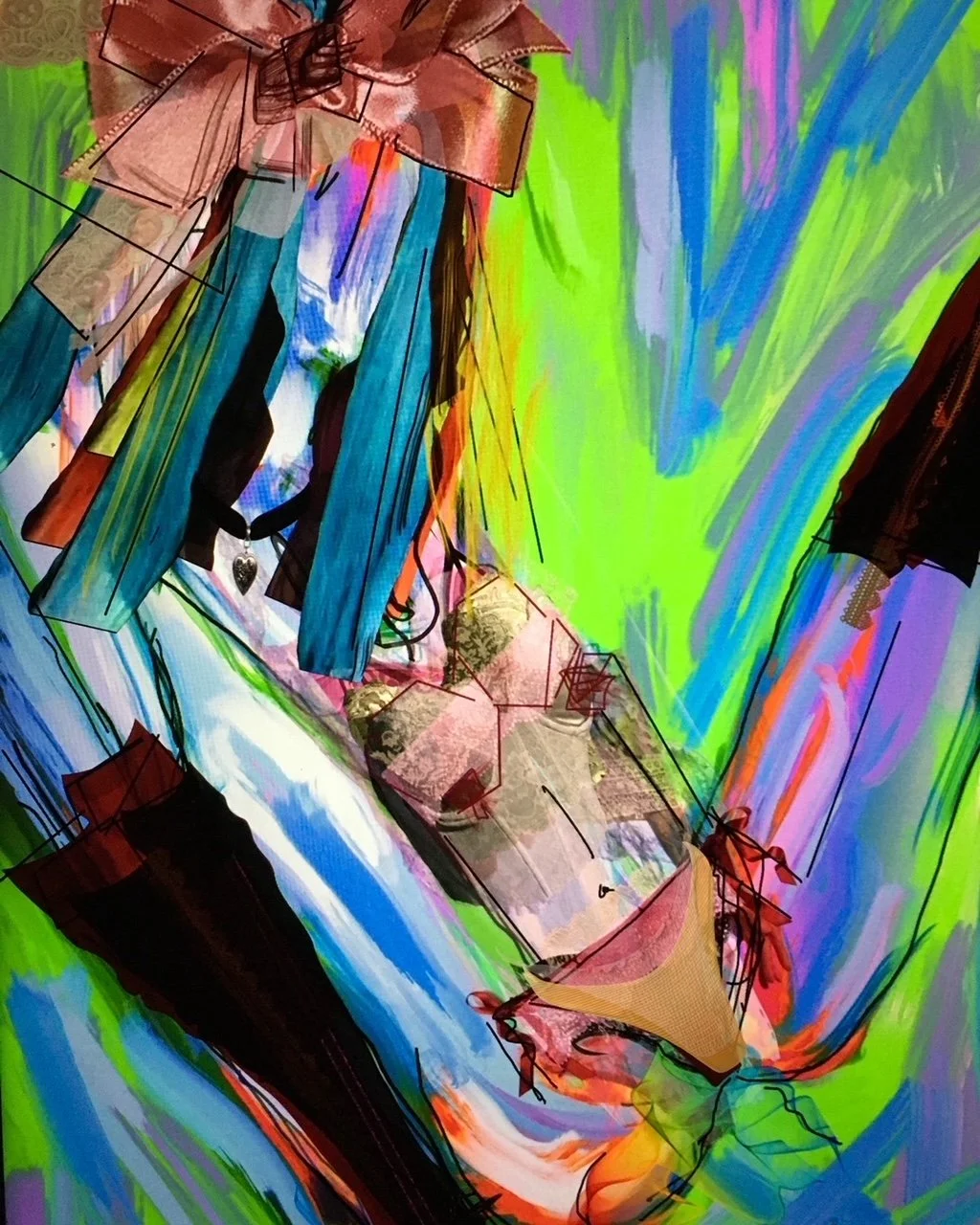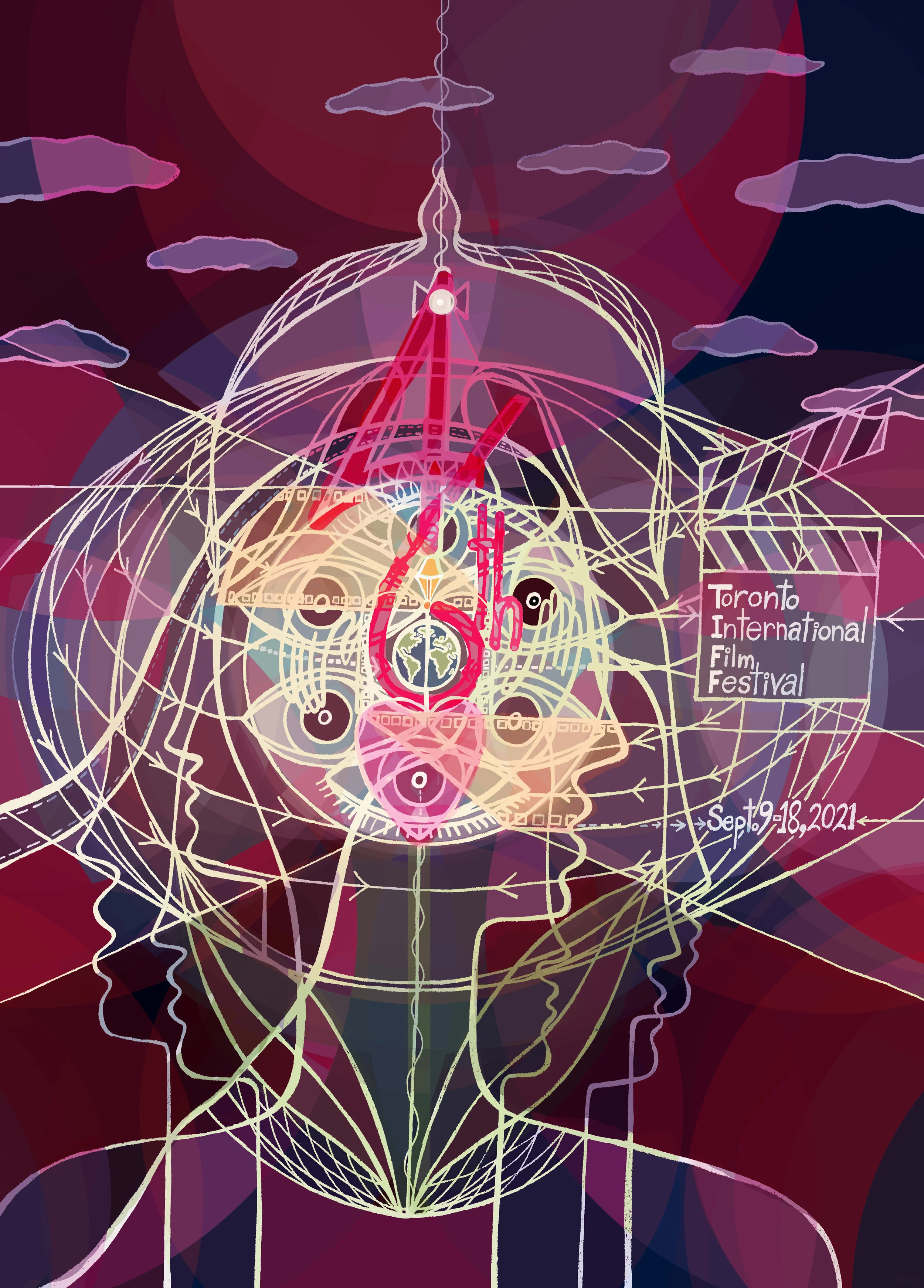Petra Štefanková studied graphic design and film and TV graphics in Bratislava and Prague, and she took a short course at Central Saint Martin's, University of the Arts London. She has worked on advertising, editorial, animation and publishing projects for the University of Udine in Italy, Lynda.com, Microsoft Games Studios, Orange, The Guardian, The Economist, Popular Mechanics, Dialogue Review and Future Music. She collaborated with VooDooDog Animation in London on the animated title sequence for the Hollywood film Nanny McPhee 2. She is an author, designer and illustrator of books Moje malé more, Don't take my dreams from me, Čmáranica a Machuľa. Petra Štefanková is a winner of many awards, such as Channel4's 4Talent Award 2007, Minister of Culture of the Slovak Republic Award 2019, the Artist of the Future Award 2020, she is a Fellow of the Royal Society of Arts in London. Her works have been published in many publications and exhibited all around the world.




















